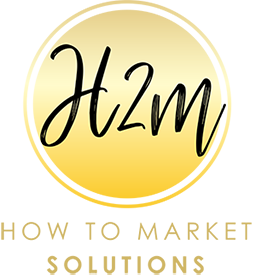
The Turkey Vulture (Cathartes aura) is a fascinating and vital scavenger known for its impressive soaring abilities and distinctive appearance. Visit our Birds of Prey exhibit to get a closer look at these incredible birds. Let’s explore their diet, habitat, size, and conservation status, as well as some intriguing facts about the Turkey Vulture.
Diet
Turkey Vultures are primarily scavengers, feeding almost exclusively on carrion (dead animals). They play a crucial role in the ecosystem by helping to clean up and recycle dead animal matter, thus preventing the spread of disease. Their highly developed sense of smell enables them to locate carrion from great distances, a rare trait among birds.
Habitat
Turkey Vultures inhabit a wide range of environments across the Americas, from southern Canada to the southern tip of South America. They are highly adaptable and can be found in forests, grasslands, deserts, and even suburban areas. They prefer open areas where they can easily find food and thermal updrafts that aid in their soaring flight.
Size and Weight
Turkey Vultures are large birds, with a wingspan ranging from 63 to 72 inches (160 to 183 cm). Their body length typically measures between 25 to 32 inches (64 to 81 cm), and they weigh between 3.5 to 5.3 pounds (1.6 to 2.4 kg). Despite their large size, they are lightweight for their dimensions, which aids in their ability to soar effortlessly for long periods.
Conservation Status
The Turkey Vulture is currently listed as “Least Concern” on the International Union for Conservation of Nature (IUCN) Red List. Their population is stable and widespread, with no immediate threats to their survival. They are protected under the Migratory Bird Treaty Act in the United States.
Intriguing Facts
Distinctive Appearance: Turkey Vultures are named for their red, featherless heads, which resemble those of turkeys. The bare skin on their heads helps keep them clean while feeding on carrion.
Impressive Soaring: Turkey Vultures are masterful soarers, often seen gliding on thermal updrafts with minimal wing flapping. This energy-efficient flight allows them to cover large areas while searching for food.
Keen Sense of Smell: Unlike many other bird species, Turkey Vultures have a highly developed sense of smell, which they use to locate carrion hidden beneath vegetation or in dense forests.
Thermoregulation: To stay cool in hot weather, Turkey Vultures practice a behavior known as urohydrosis, where they urinate on their legs. As the urine evaporates, it cools the blood vessels in their legs.
Communal Roosting: Turkey Vultures often roost in large communal groups. These roosting sites, which can include trees, cliffs, or even buildings, provide safety in numbers and help them locate food sources through social interaction.
Visit the Black Vulture at the Abilene Zoo
Be sure to stop by our Birds of the Americas exhibit during your visit to the Abilene Zoo to observe the captivating Black Vulture. These birds play a critical role in maintaining a balanced ecosystem, and by learning more about their habits and adaptations, you’ll gain a newfound appreciation for these often misunderstood creatures.
FAQ
Are turkey vultures dangerous?
No, turkey vultures are not dangerous to people or pets. They’re scavengers who feed exclusively on carrion and thus have no reason to endanger people. However, when they feel threatened, they can intimidate their attacker by circling over their heads. They may also bite or vomit when they feel cornered.
Do turkey vultures migrate?
Turkey vultures are partial migrants. Northern Turkey vultures are highly migratory, while the southern populations tend to be sedentary. The northern birds migrate in flocks and may cover long distances without feeding. They travel during fall, then spend winter in the south before making a return during spring.
Where do turkey vultures nest?
Turkey vultures do not build nests but they roost in various sites such as tree crevices, cliffs, or even abandoned buildings. They can also nest in stick nests abandoned by other birds and mammal burrows.
